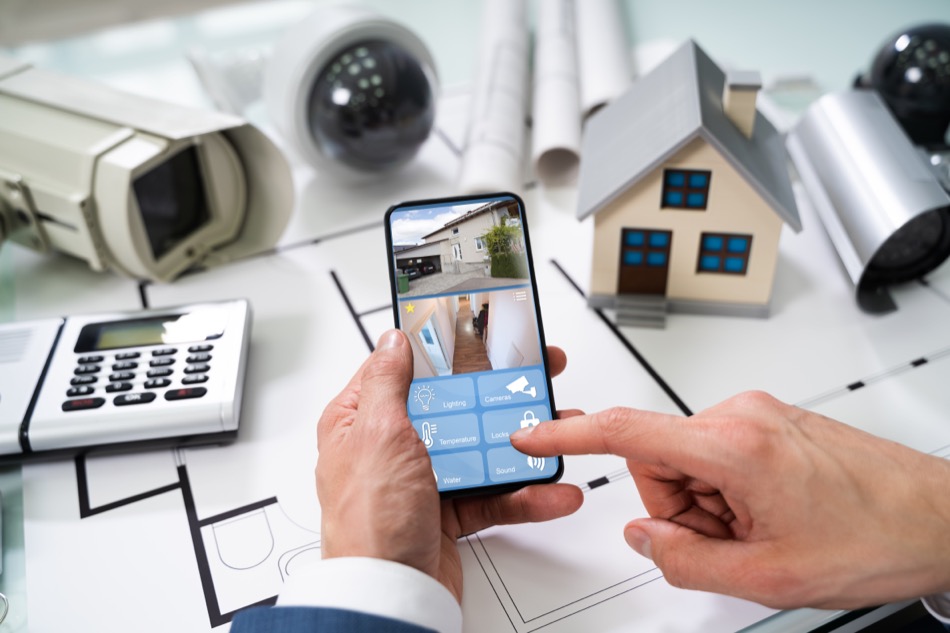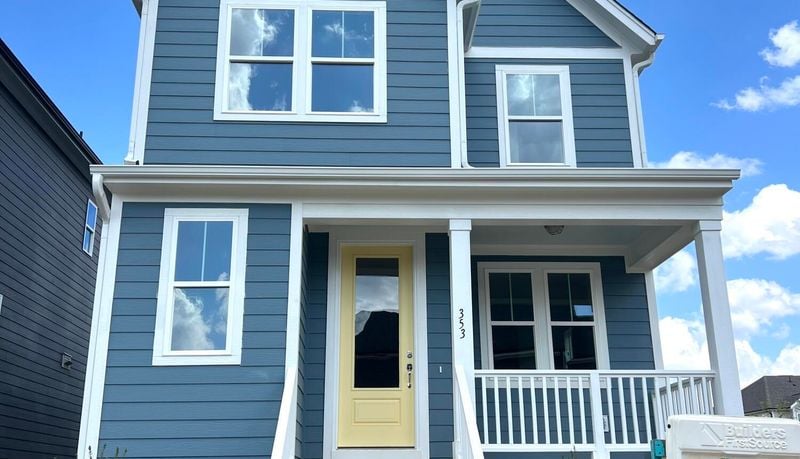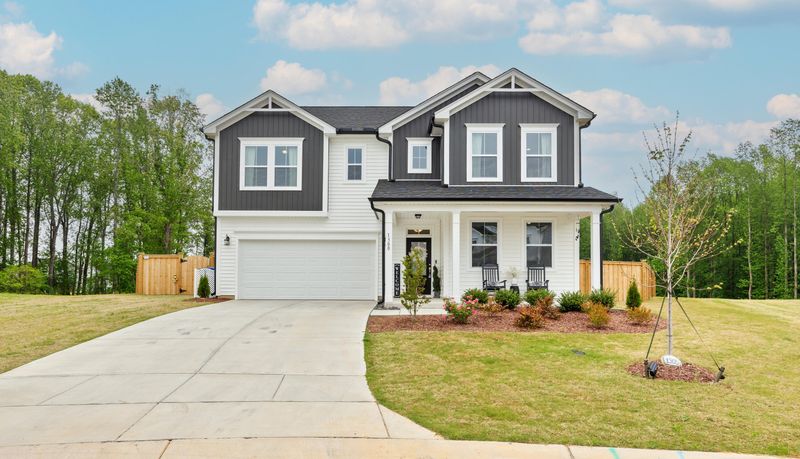4 Types of Home Security Systems
 Adding a home security system is about protection and peace of mind that you, your loved ones, and your belongings will be safe. Advances in technology have made today’s home security systems more integrated and customizable than ever before. When researching a system for your needs, look at the benefits and differences of each type of system. Here, we break down four common home security system setups to help homeowners choose the best one for their home and their budget.
Adding a home security system is about protection and peace of mind that you, your loved ones, and your belongings will be safe. Advances in technology have made today’s home security systems more integrated and customizable than ever before. When researching a system for your needs, look at the benefits and differences of each type of system. Here, we break down four common home security system setups to help homeowners choose the best one for their home and their budget.
Wired Security Systems
In this common type of home security system, all the components connect to a low-voltage alarm panel through wiring in the home’s walls. You may also see this described as a hard-wired system.
Hard-wired systems use a system of sensors and monitors that go to a central access point, like a control panel on the wall of the house. A small beep will sound whenever a door or window is opened in the home. More advanced systems may have hard-wired cameras for video monitoring or be remotely monitored by a security company.
Those who wish to purchase a wired system will likely need to hire a professional to help with installation. Once the system is installed, it is tough to remove due to the wires. They may require a long-term contract with a professional monitoring service that charges an installation fee and a monthly monitoring fee.
This kind of alarm system is best installed in a large home to monitor the entry points of the entire house.
Wireless Security Systems
As the name suggests, wireless systems don’t use any wires. Instead, each smart device component communicates with the others through the user’s Wi-Fi or Bluetooth.
Wireless smart home security systems are easy to purchase and install. The systems come with many options that allow the homeowner to customize the level of home security they want. Multiple smart devices and other systems can be incorporated into a cohesive, self-monitored system. That allows the owner to pick and choose from video doorbells, outdoor cameras, remote controls, motion detectors, carbon monoxide detectors, and fire alarms. And it can integrate with other smart home service providers, like Google Nest or Amazon Alexa.
However, the wireless components can only communicate with one another over a limited distance. Large objects in the way can cause interference. Additionally, these systems may be battery-powered. In that case, the batteries will need to be changed manually.
Additionally, if the home experiences a power outage that turns off the Wi-Fi, the components may only work once power is restored. Most of these systems won’t automatically send emergency services to your home’s location.
That said, it is very easy to uninstall and move this system if needed. Many offer do-it-yourself installation.
Monitored Systems
Monitored systems connect homes to remote security providers who monitor the alarm system for added oversight. These systems utilize a professional monitoring center to contact the appropriate authorities when the alarm is triggered.
A company-monitored system contacts authorities for homeowners when they aren’t home to do it themselves or if they are incapacitated for any reason. However, homeowners must activate the alarm system manually when they leave the house or go to sleep. Additionally, if the homeowner accidentally triggers the alarm themselves, they must contact the company as soon as possible before the company calls the authorities. Some monitoring companies will try to contact the homeowner to confirm if there’s an intruder, but not all will.
These services require a professional monitoring plan and usually a subscription fee. It may be best if the owner only occupies the home part-time and is away for long stretches. Owners with high-value assets may also prefer the added layer of a monitored security system.
Unmonitored Systems
Unmonitored systems sound a loud siren when the alarm is tripped to scare away intruders. Some unmonitored systems include a smartphone app that provides information about why the security system was triggered. This way, the homeowner will be the first to know if it’s glass breaking or a motion detector that senses if someone has broken into their home.
If they aren’t home and don’t have the app, however, the siren sound should be loud enough to alert neighbors to contact local authorities. These systems are the most cost-effective on this list, especially since many are wireless and can be a DIY installation.
Which System Is Best for Me?
As mentioned, every alarm system is different. All options add a layer of security for the homeowner. Consider the size of the home in addition to the budget for an alarm system. Paying for a professional monitoring plan may seem expensive, but buying individual security devices can also add up. Motion sensors, backup batteries, and integrated security camera systems all come with a higher price tag.
A wireless home security system is adequate for someone renting an apartment, as it’s affordable and only needs to cover a small area. Plus, it integrates with many of today’s smart home ecosystems. Other homeowners with larger homes prefer a wired, monitored system to ensure they and their belongings are safe.
In the end, you have ample security options on today’s market to protect your home and provide peace of mind.
Updated April 2024
Start Your Home Search
Preston Guyton
Share this Post
Related Articles
Real Estate Tips
How to Communicate Your Value As A Real Estate Agent
Real Estate Tips
10 Essential Steps to Hiring a Contractor
Real Estate Tips
Why Perfection Squashes Your Real Estate Businesses
Real Estate Tips





